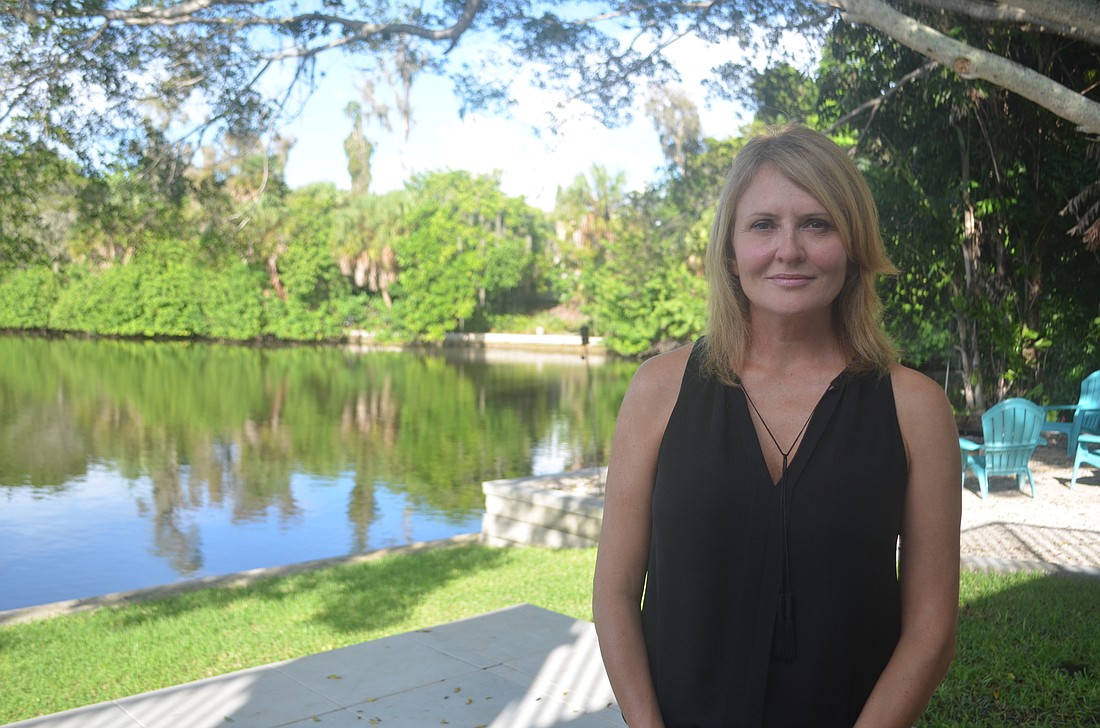- November 24, 2024
-
-
Loading

Loading

Cleaning up her dock after Hurricane Hermine swiped Siesta Key, Lorie Tiernay noticed something besides the normal storm debris.
“My husband and I were down moving our Jet Skis off the ramp, and we saw what looked to be fecal matter attached to our dock,” Tiernay said. “I said ‘Oh my god, Joe — they’ve had a spill.’”
Tiernay lives along Siesta Key’s Grand Canal, directly across the waterway from the island’s wastewater treatment facility. The facility has been a source of conflict between county officials and residents since the county announced delays to plans to decommission the plant.
Although Tiernay immediately linked her unpleasant discovery to wastewater in the canal, residents were critical once they learned the discharge was intentional. The county released more than 3 million gallons of partially treated wastewater into Grand Canal in what staff called standard procedure during heavy storms.
During Hermine, county officials announced wastewater facilities were experiencing higher-than-usual volumes. Excess rainwater drained into street grates and manholes throughout Sarasota County, flowing through the county’s sewage system to lift stations and ultimately to wastewater facilities.
Many facilities reached capacity, triggering emergency procedures. On Siesta Key, the county released partially treated wastewater into Grand Canal in an attempt to avoid an uncontrolled raw sewage spill. The wastewater did not go through the final two treatment steps of disinfection and denitrification.
The county alerted residents that facilities had reached capacity and issued warnings to avoid stormwater draining into manholes and street grates because it could be contaminated. However, neighbors were not alerted to wastewater discharge.
Sarasota County Public Utilities Division Manager Dave Cash said those actions are not unusual when facilities are being inundated with stormwater. Although staff didn’t share specifics with residents, Cash said there was sufficient communication considering the circumstances.
“We were dealing with a number of issues,” he said. “Our communication was broad. We didn’t specifically reach out to a small group, but we did communicate.”
But some residents aren’t satisfied with the reasoning behind the release or the lack of notice.
“I don’t know how, morally, they can go home and sleep at night knowing that we’re all living here and using the water as normal,” Tiernay said.
In the weeks that followed the wastewater release, Sarasota’s shores were affected by another environmental hazard — red tide. Tiernay doesn’t think the wastewater directly caused the bloom, but she and other residents believe it may have exacerbated the severity.
For scientists at Mote Marine Laboratory and Aquarium, the question is more complex.
“As a scientist you don’t want to just say ‘Well, I see this happening and I see this happening — they must be related,’” said Vince Lovko, a staff scientist at Mote. “That’s a fallacy. As scientists, we need data.”
Florida red tide is a type of phytoplankton that usually forms near the bottom of the ocean, between 20 and 50 miles off the coast. In a process called upwelling, currents push those phytoplankton toward the surface and closer to the coast.
Once on the surface, those phytoplankton can utilize whatever nutrients are available, Lovko said.
Without more information, though, he said it’s difficult to know whether any of the wastewater dumped during Hermine made it to the coast.
Either way, the incident has magnified concerns regarding the aging wastewater facility.
The county’s plan calls for a three-phase project to decommission the facility, likely by 2018. Crews are expanding other water reclamation facilities for when the Siesta facility goes offline. Cash said the county has budgeted $50 million to complete the project.